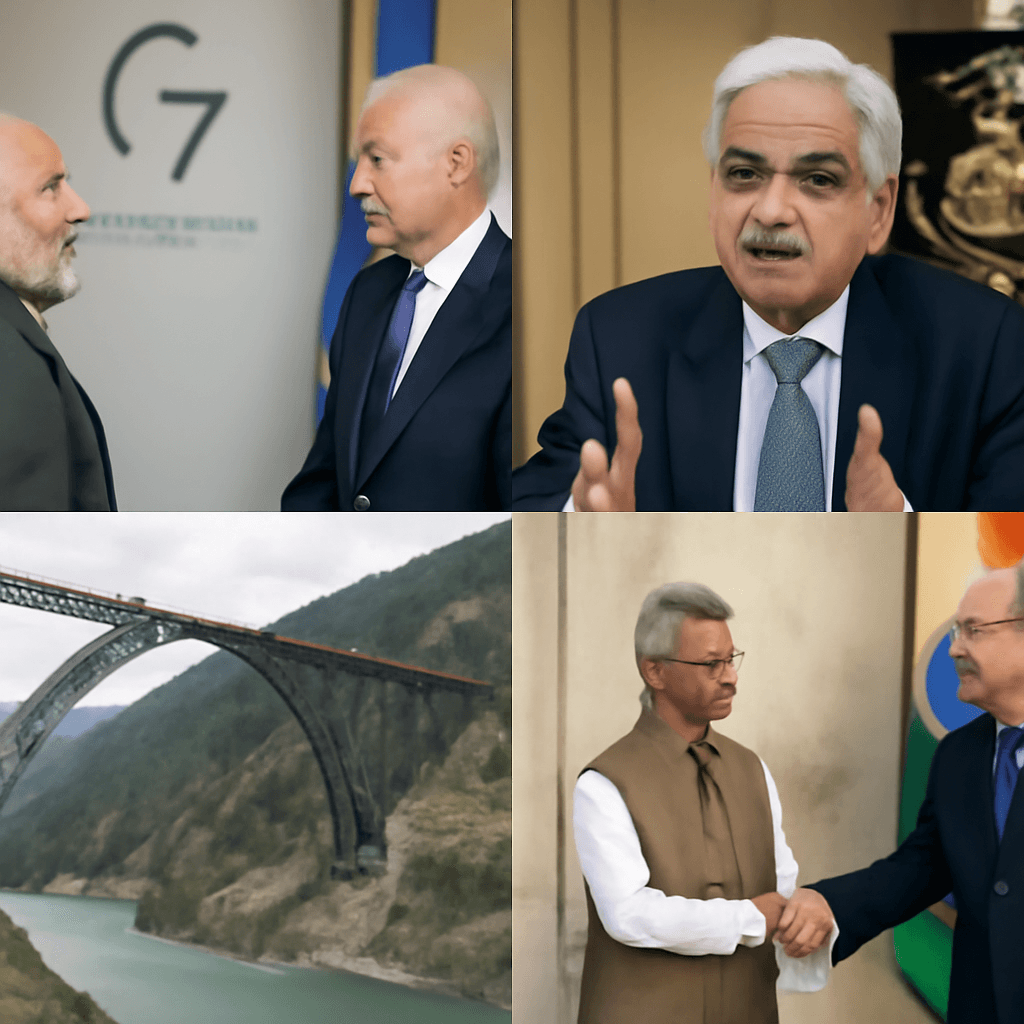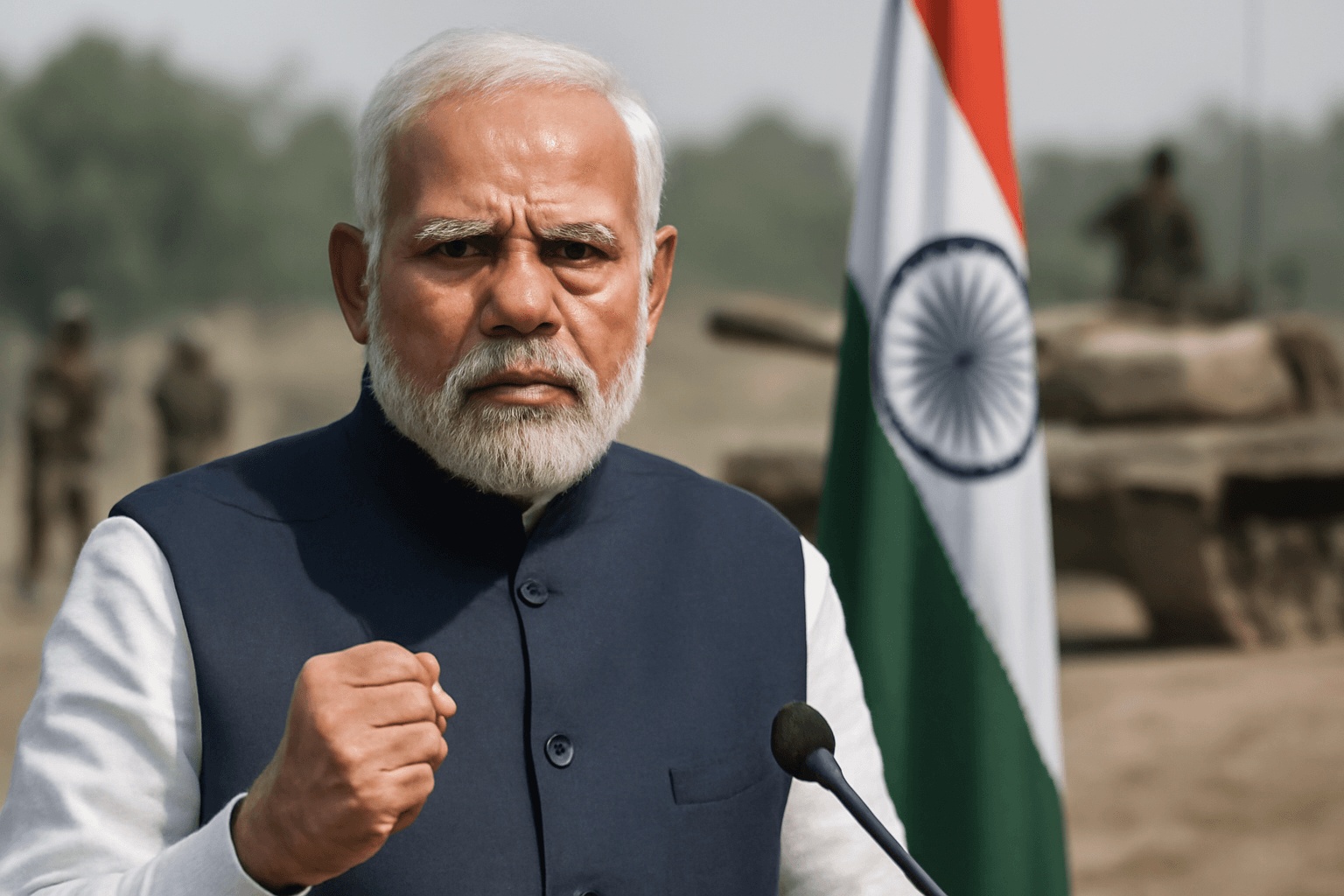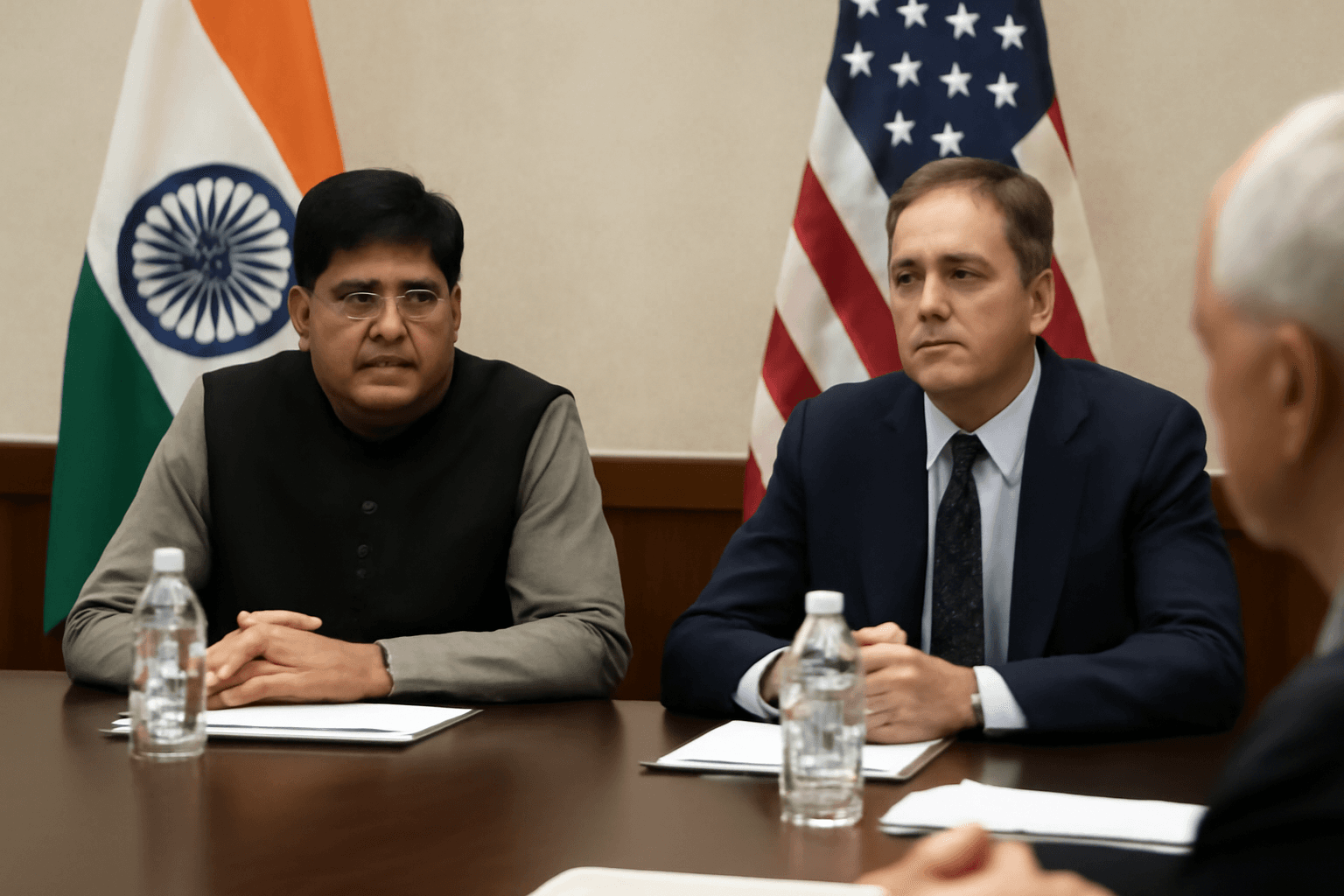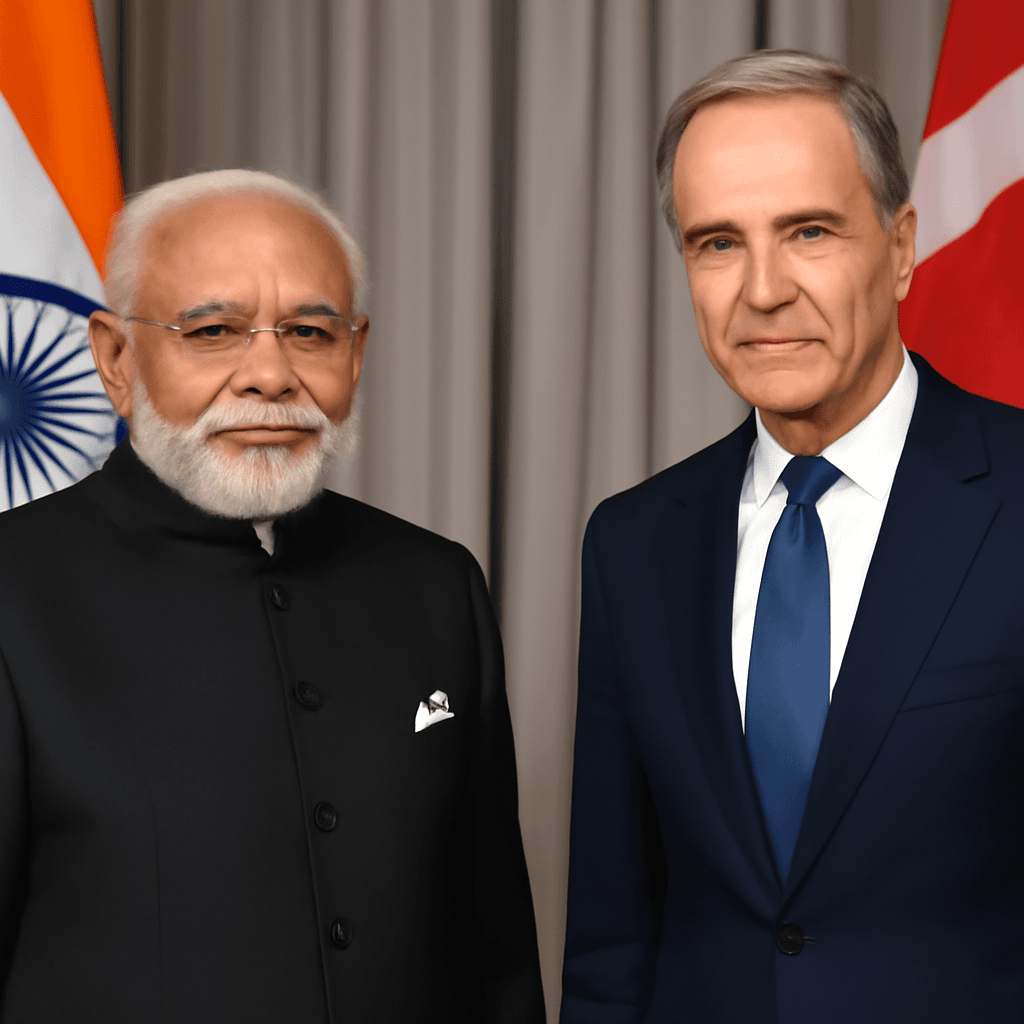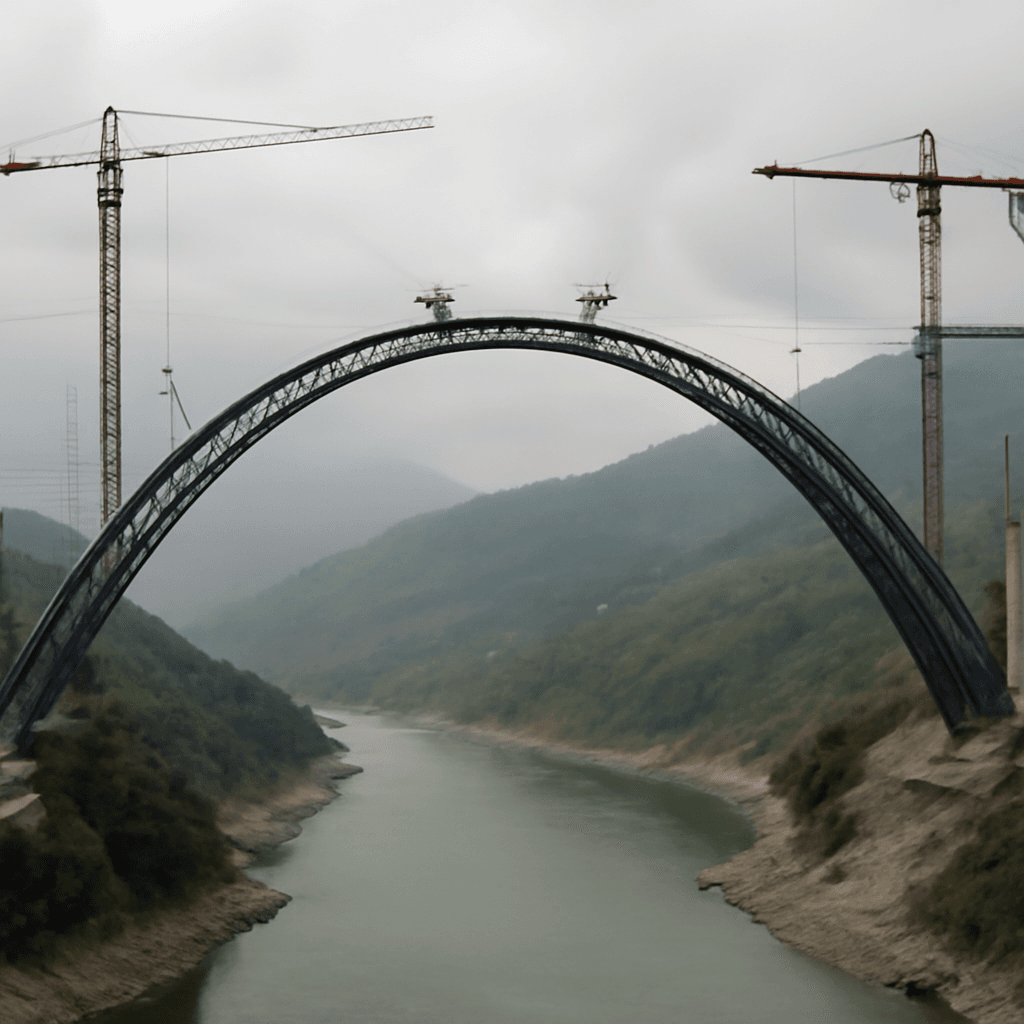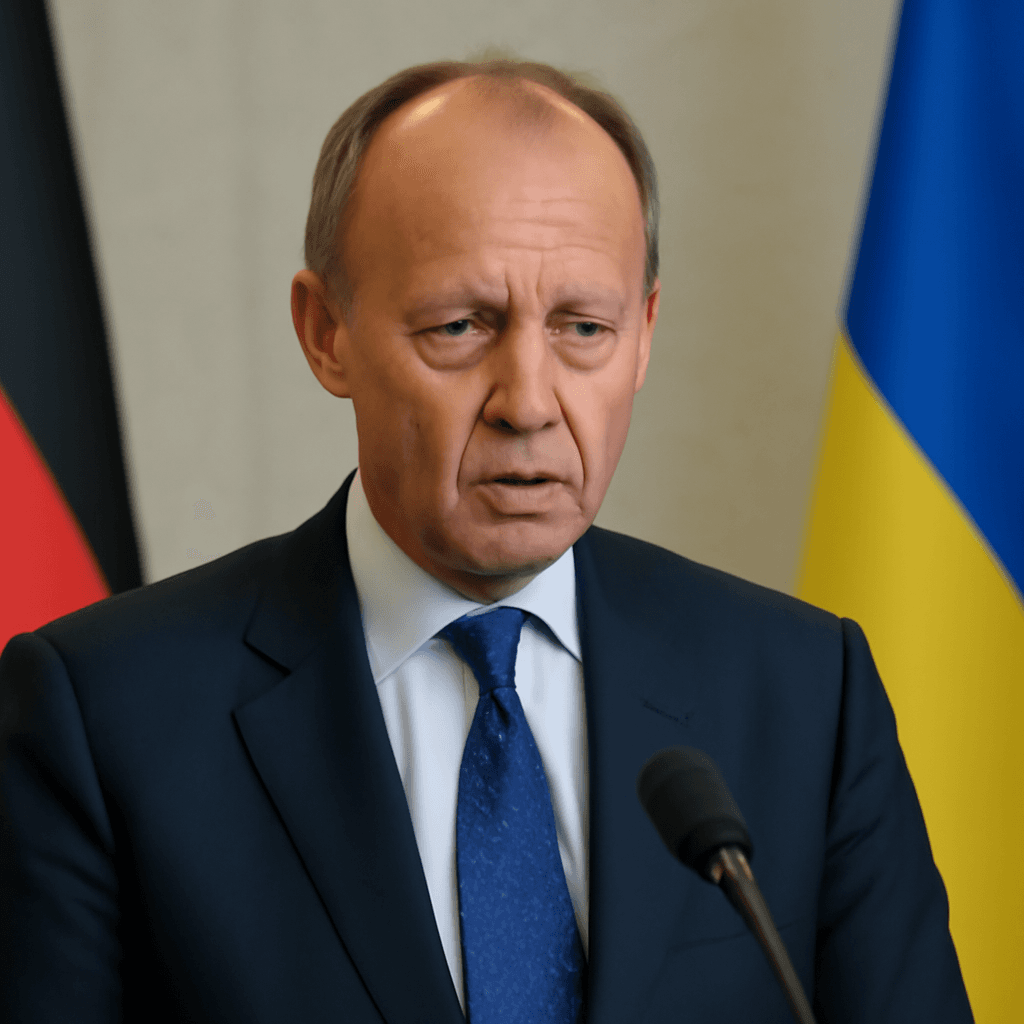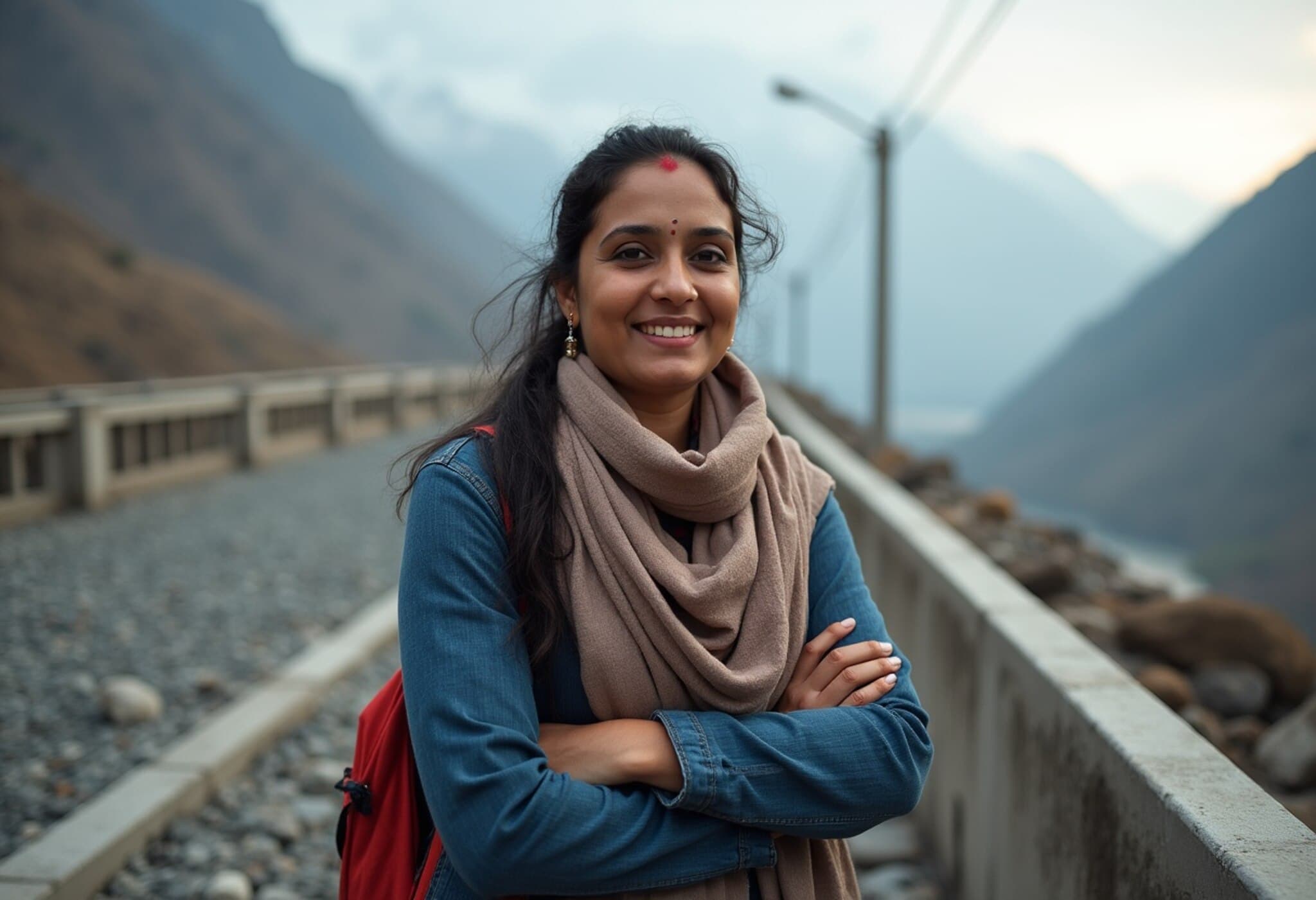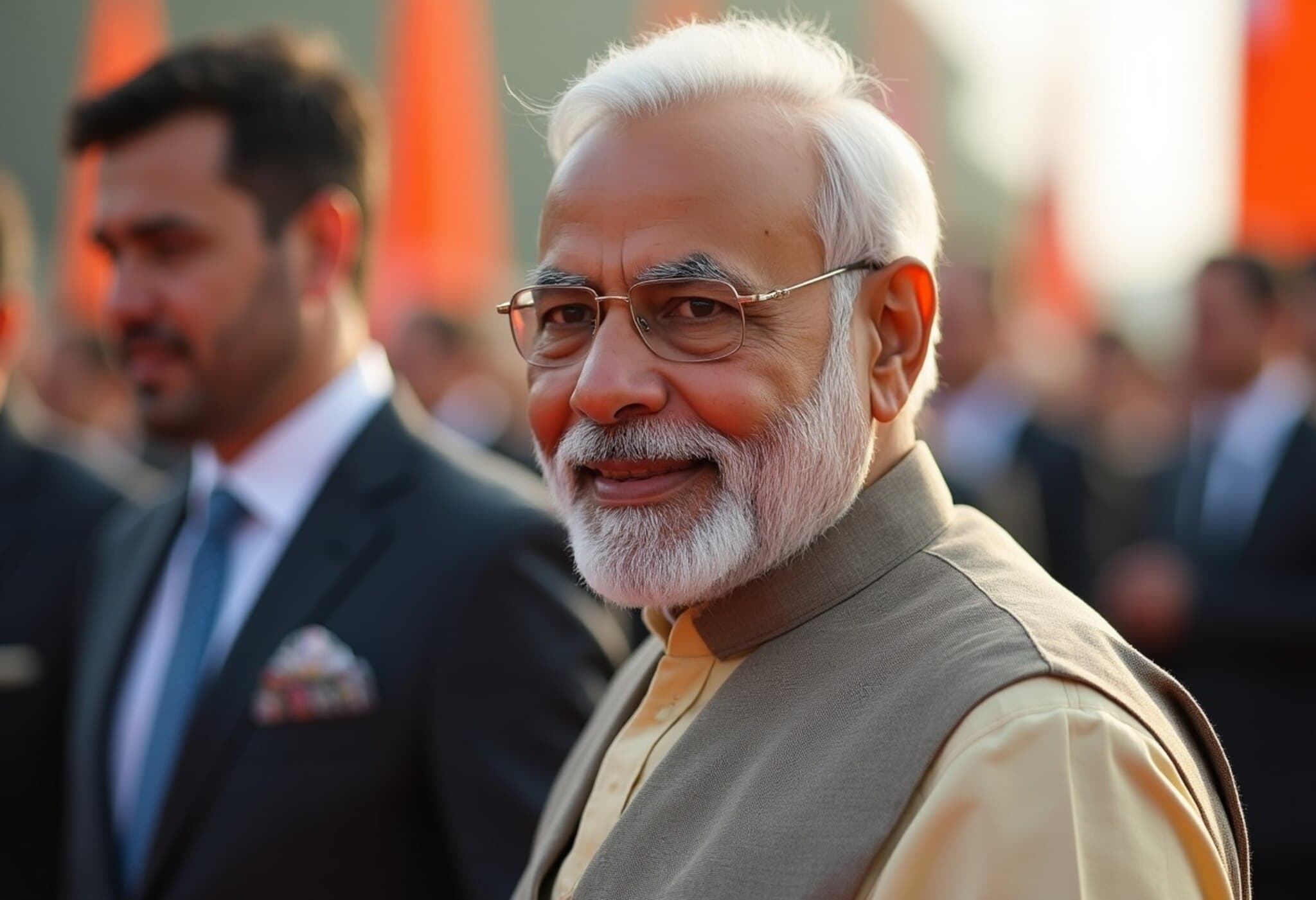G7 Summit Invitation Signals Diplomatic Progress for India
In a significant diplomatic gesture, Canada's Prime Minister Mark Carney has extended an invitation to India’s Prime Minister to attend the upcoming G7 Summit scheduled from June 15 to 17, 2025, in Kananaskis, Alberta. This marks a positive turn after a period of strained relations between the two nations.
India has consistently been invited to the G7 Summits since 2019, barring 2020 when the meeting was canceled. This year's gathering commemorates the 50th anniversary of the G7, a group comprising seven of the world's leading advanced economies – the United States, Canada, France, Germany, Italy, Japan, and the United Kingdom. Collectively, these members account for 40% of global GDP and represent about 10% of the global population.
Understanding the G7
- Originated in 1973 amid global economic turmoil.
- No formal legal or permanent secretariat status.
- Operates through consensus without binding commitments.
The invitation underscores India's growing role on the global stage and offers insights into its evolving geopolitical relationships, particularly with Canada.
India’s Engineering Feat: Inauguration of World’s Highest Railway Bridge
India recently celebrated a major milestone as Prime Minister inaugurated the Chenab Bridge in Reasi district, the highest railway bridge in the world, soaring 359 meters above the Chenab river. This bridge is part of the Udhampur-Srinagar-Baramulla Rail Link (USBRL) project, aimed at boosting all-weather connectivity in the Kashmir Valley.
The USBRL project, spanning 272 kilometers and costing nearly ₹43,780 crore, also includes India’s first cable-stayed railway bridge over the Anji Khad. These infrastructures are not only engineering marvels but symbolize India’s resilience and progress in challenging Himalayan terrain known for seismic activity and harsh winters.
Key Facts About the Project
- 36 tunnels and 943 bridges constructed along the rail line.
- Connects Katra and Srinagar within a three-hour journey.
- A legacy project dating back to the early 1980s, overcoming decades of delay and conflict.
The inauguration aligns symbolically with recent efforts towards peace and development in the region, following tragic events and ongoing security concerns.
RBI Cuts Repo Rate to Support Economic Growth
The Reserve Bank of India’s Monetary Policy Committee (MPC) has cut the repo rate by 50 basis points to 5.50%, marking the third consecutive reduction since February 2025. This move aims to stimulate economic growth amid inflation rates staying comfortably below the 4% target.
Alongside, the cash reserve ratio was lowered by 100 basis points to 3%, unlocking approximately ₹2.5 lakh crore in additional resources for banks.
Implications of the Cut
- Borrowers, especially home loan holders, benefit from reduced EMIs.
- Savers may experience lower returns on deposits.
- The bond market likely to see higher prices and lower yields.
- The policy stance shifted from ‘Accommodative’ to ‘Neutral,’ reflecting recalibrated monetary policy.
This decision reflects the RBI’s confidence in sustained low inflation, driven primarily by falling food prices, and supports the government's growth objectives.
Revised Poverty Line: A Positive Shift in India's Poverty Metrics
The World Bank has updated the threshold for extreme poverty from $2.15 to $3 per day, leading to a significant recalibration of poverty figures for India. According to the new benchmark, the proportion of Indians living in extreme poverty dropped sharply to 5.3% in 2022-23 from 27.1% in 2011-12.
In absolute numbers, this reflects a decline from approximately 344 million to 75 million people living under extreme poverty.
Understanding Poverty Measures
- Poverty lines consider daily consumption levels, adjusted for inflation and purchasing power.
- India has seen substantial progress in multidimensional poverty indicators, encompassing health, education, and living standards.
- Government initiatives and economic growth contribute to these declines.
Such data is crucial for policy formulation and tracking India’s social development trajectory.
National Zoological Park Plans Wildlife Biobank Initiative
The National Zoological Park in Delhi is exploring the establishment of an on-site wildlife biobank in collaboration with cellular research agencies. The facility will store genetic material like DNA, tissues, and reproductive cells from endangered and vulnerable species to aid conservation efforts.
Currently, samples are sent to distant research centers, posing logistic challenges. Localized biobanking efforts will enhance preservation, research, and potential species revival, aligning with ex-situ conservation goals.
Importance of Biobanks
- Support conservation science and endangered species protection.
- Preserve genetic diversity against environmental changes and threats.
- Facilitate research collaborations and national repositories.
This initiative reflects India’s growing emphasis on biodiversity preservation and wildlife protection.
India-Central Asia Dialogue Highlights Regional Security and Cooperation
Foreign ministers from Central Asian countries convened recently with India to reaffirm commitments against terrorism and strengthen cooperation. The dialogue emphasized:
- Condemnation of the Pahalgam terror attack and calls for accountability.
- Endorsing early adoption of the UN Comprehensive Convention on International Terrorism.
- Support for a peaceful, stable Afghanistan free from terror and drug trafficking.
- Promotion of the International North-South Transport Corridor (INSTC) enhancing regional connectivity.
- Exploration of joint ventures in rare earth and critical minerals.
India continues to cultivate strategic ties driven by historical, cultural, and economic factors, balancing regional geopolitical challenges and opportunities.

